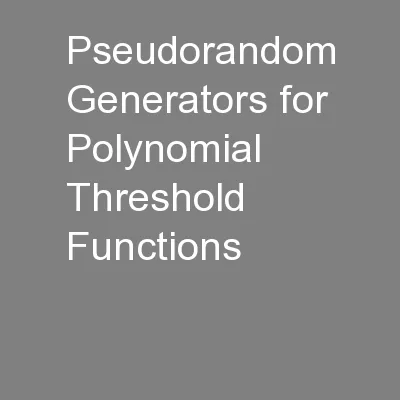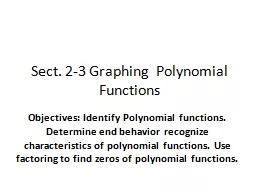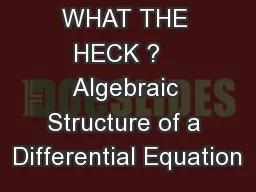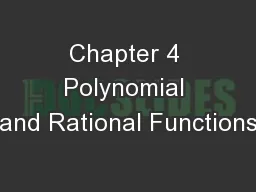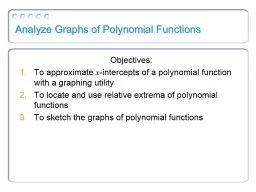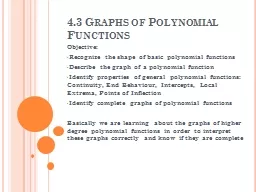PPT-Pseudorandom Generators for Polynomial Threshold Functions
Author : liane-varnes | Published Date : 2016-04-21
1 Raghu Meka UT Austin joint work with David Zuckerman Polynomial Threshold Functions 2 Applications Complexity theory learning theory voting theory quantum computing
Presentation Embed Code
Download Presentation
Download Presentation The PPT/PDF document "Pseudorandom Generators for Polynomial T..." is the property of its rightful owner. Permission is granted to download and print the materials on this website for personal, non-commercial use only, and to display it on your personal computer provided you do not modify the materials and that you retain all copyright notices contained in the materials. By downloading content from our website, you accept the terms of this agreement.
Pseudorandom Generators for Polynomial Threshold Functions: Transcript
Download Rules Of Document
"Pseudorandom Generators for Polynomial Threshold Functions"The content belongs to its owner. You may download and print it for personal use, without modification, and keep all copyright notices. By downloading, you agree to these terms.
Related Documents

